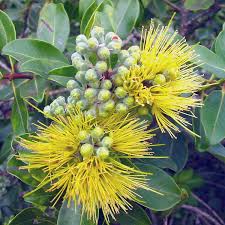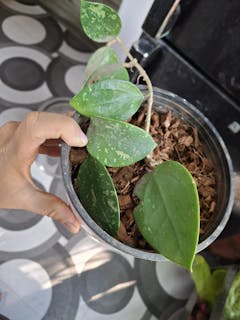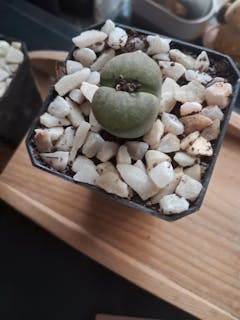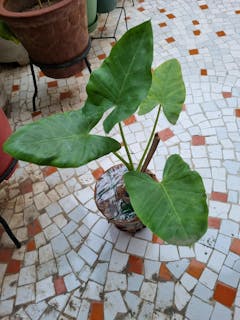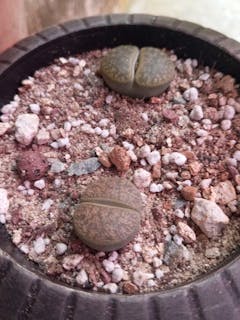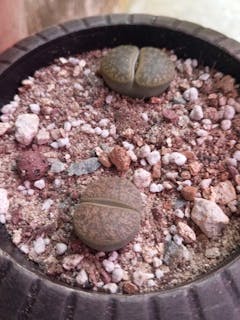Ohi'a lehua
Family
Myrtaceae
Origin
Hawaii
Description
Metrosideros Polymorpha or Yellow Pohutukawa is a beautiful rounded shrubby bush from the Pacific Islands. Deep green foliage covered in grey powder bloom contrasts with the brilliant yellow flowers that appear from late winter through spring.. It ranges in habit from a prostrate shrub to a 100 foot tree. Young bark is smooth and light gray and becomes rough and scaly with age. The leaves are generally oval in shape ranging in size from 1/2 to 3 inches long and 1/2 to 2 1/4 inches wide. The mature leaves are generally leathery and smooth dark green, but some forms are woolly or hairy underneath and may appear greyish. The leaf buds (like) can range in colour from pale green to pink to red.
Metrosideros polymorpha blooms mostly in the spring, but can bloom sporadically throughout the year. There can be as many as 3 blooming periods per year. The powder puffs like flowers are most often a shade of red, but yellow, orange, salmon, and pink forms are also found. There are eight recognized varieties of Metrosideros polymorpha.
Since they are nearly in constant bloom, they attract numerous bees and other insects.
Environment
The Metrosideros is tolerant of the semi arid or more arid climates, and can survive on less water. These trees are comparatively easy to grow provided they are given good sunlight, rich organic soil, and excellent drainage.
The pruning should be done after the flowering period, usually after summer. It can be fertilized during spring and summer.
Landscape Use
Most commonly, it is used for privacy, as a screen or fencing, but due to its appeal, it is also used in landscaping. It is perfect for park applications and it can be shaped and trimmed. Its ornamental purposes are due mainly to the annual orange-red flowers it produces, and to its fine shape - an oval shape of medium size and light green foliage

